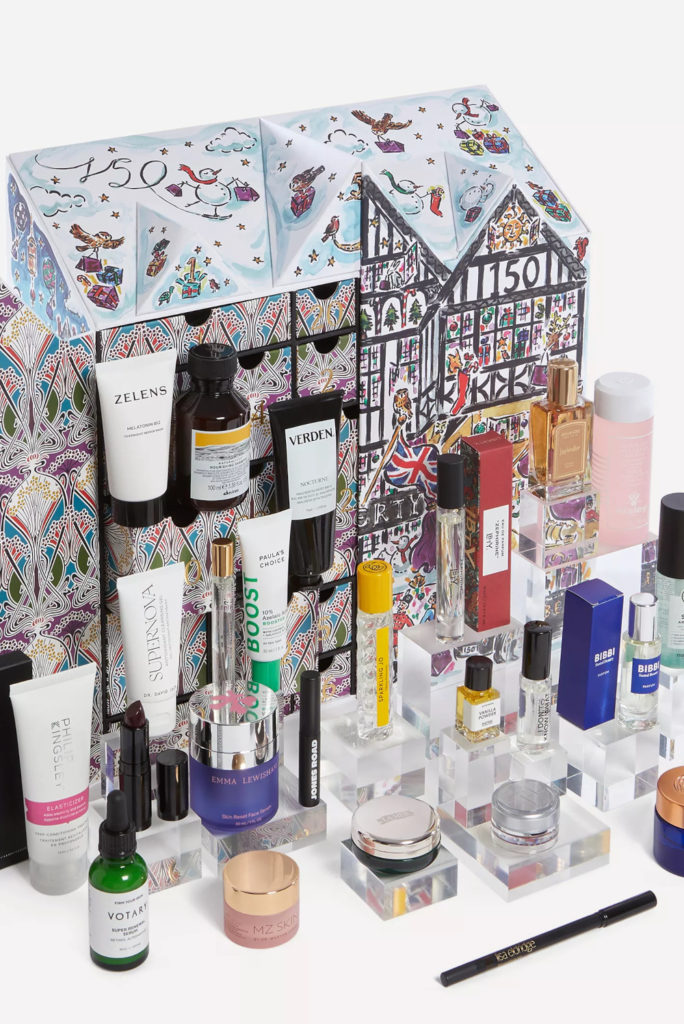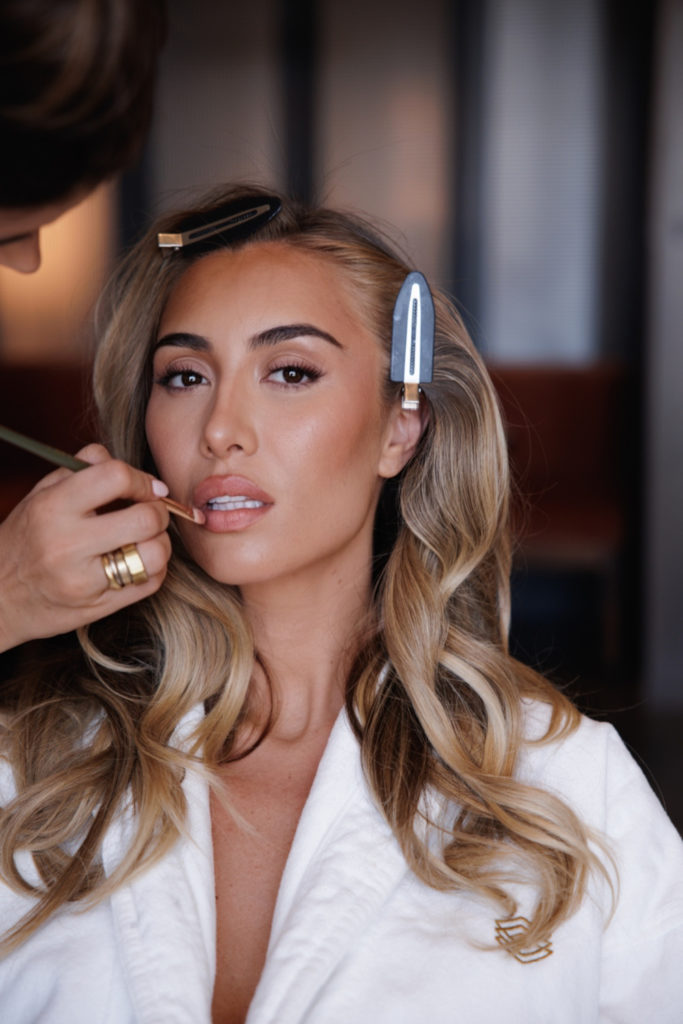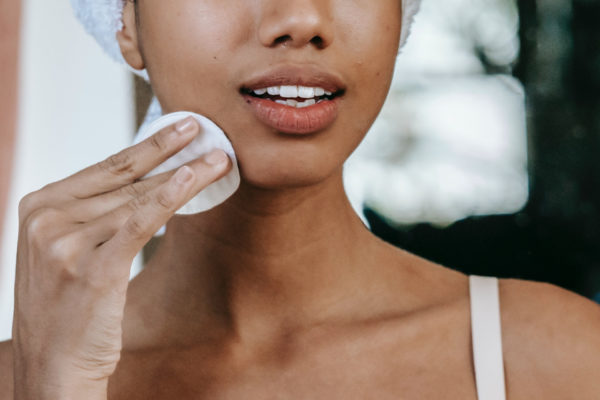A Guide To Facial Peels, The Latest Skincare Fad
By
2 years ago
This a-peeling skincare trend is well worth trying
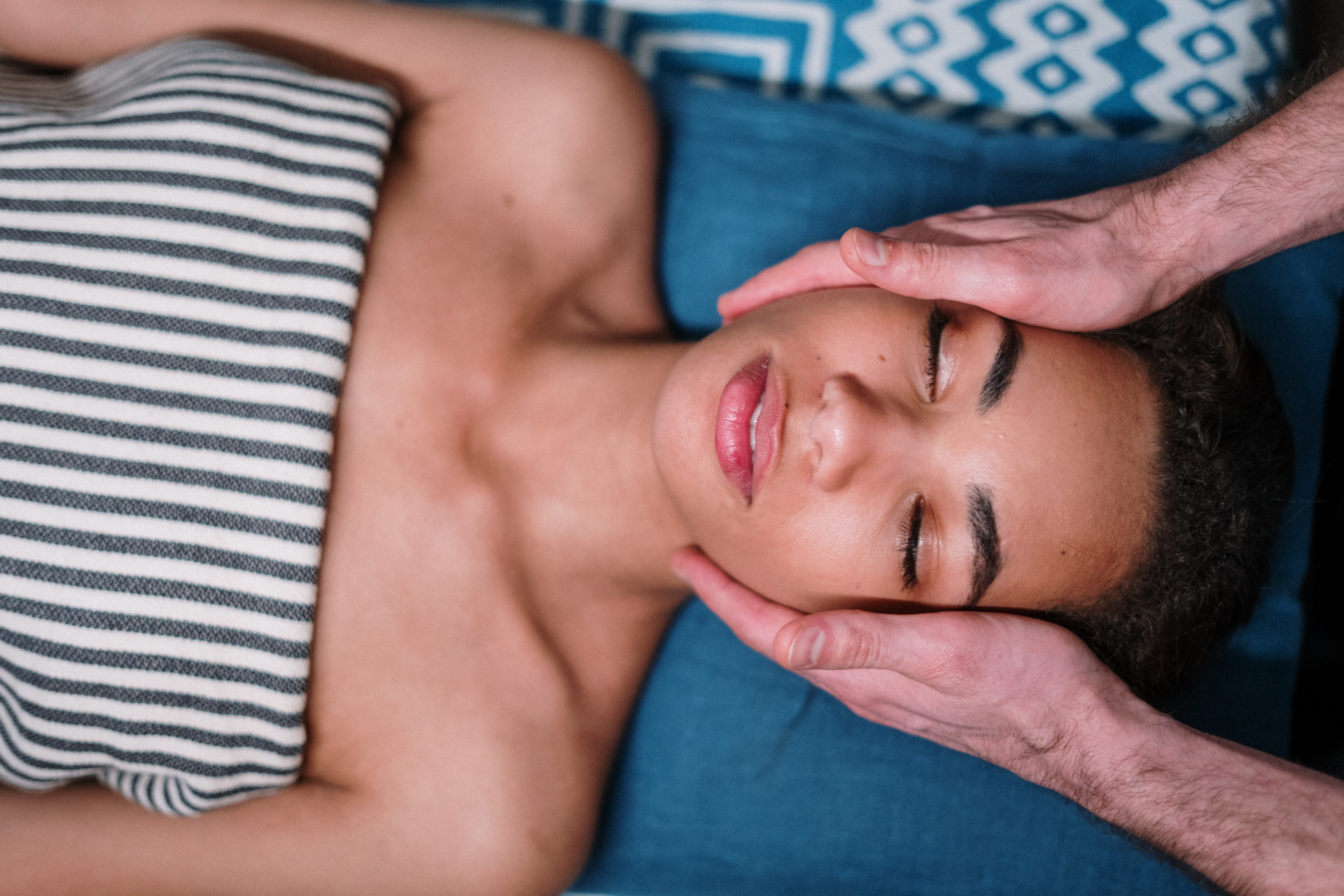
In need of a topical boost? Then you might want to try a facial peel procedure, the latest skincare trend to hit the mainstream. Here’s everything you need to know, according to the experts.
What Is A Facial Peel & What Does It Do?
‘A facial peel is a cosmetic procedure that involves applying a chemical solution to the skin to exfoliate and remove dead skin cells,’ says Dr Raffaella Gabassi, a lead Facial Aesthetics Clinician based on Harley Street. ‘They exfoliate the skin, remove dead skin cells, and promote cell turnover, resulting in improved skin texture, tone and clarity, as well as addressing a variety of skin concerns. There are different types of peels available, including superficial peels for mild concerns, medium peels for moderate issues, and deep peels for more severe skin problems.’
While facial peels have become quite buzzy in the world of skincare this year, Dr Gabassi tells us that the process of exfoliating and rejuvenating skin through chemical methods is not a new idea. ‘Facial peels have been used for centuries, dating back to ancient civilisations,’ she says. ‘Cleopatra was known to use a facial peel made from sour milk (containing lactic acid) to achieve her renowned youthful complexion, for example.’
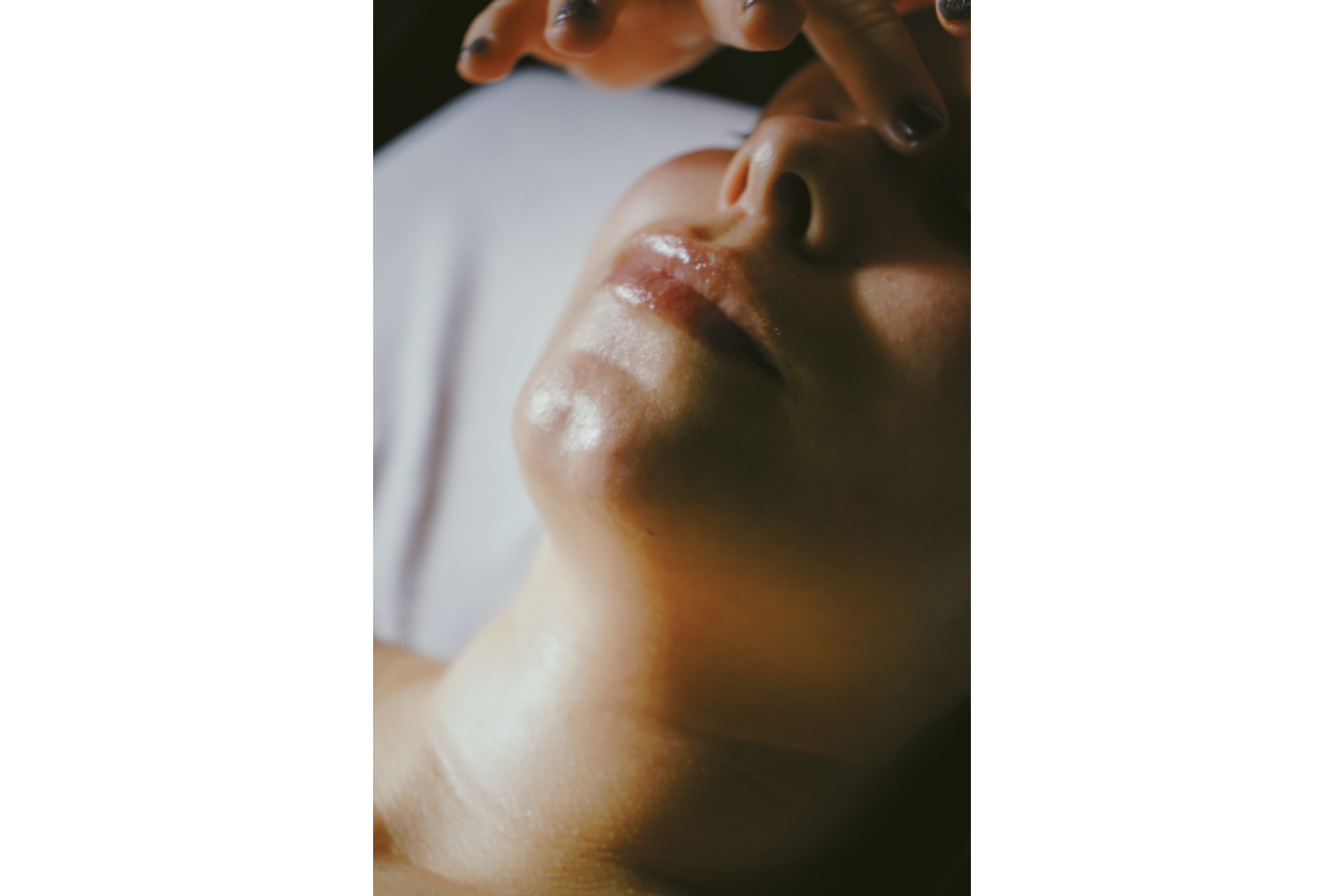
(c) Dominique Rivas, Unsplash
What’s In A Facial Peel?
‘A facial peel usually consists of a chemical solution containing ingredients such as alpha-hydroxy acids (AHAs), beta-hydroxy acids (BHAs), glycolic acid or trichloroacetic acid (TCA),’ explains Dr Gabassi. It’s quite a chemical-heavy procedure, so it’s important you consult a skincare specialist to determine what will work for you.
How Does The Procedure Work?
Below, Dr Gabassi takes us through the steps of undergoing a facial peel:
Prep
It’s important to prepare your skin before a facial peel, says Dr Gabassi. ‘To prepare for a facial peel, you should consult with a skincare specialist to determine the appropriate peel for your specific skin type and concerns,’ she explains. ‘You might be asked to discontinue certain skincare products, avoid sun exposure and follow other pre-peel instructions beforehand.’
During
‘During a facial peel, your skin will be cleansed, and the chemical solution will be applied to the targeted areas – it is normal to experience a tingling or mild burning sensation,’ she warns. ‘The solution will be left on for a specific time, followed by a neutralisation and soothing of the skin. Your skincare expert will send you home with post-peel skincare instructions.’
Post-Procedure & Downtime
Speaking of post-peel care, Dr Gabassi explains that some downtime may be needed after a facial peel depending on its type and intensity. ‘It is really important to follow the post-peel instructions,’ she highlights. ‘These may include avoiding the sun, using gentle skincare products and moisturising regularly to support the healing process and protect the newly revealed skin.’
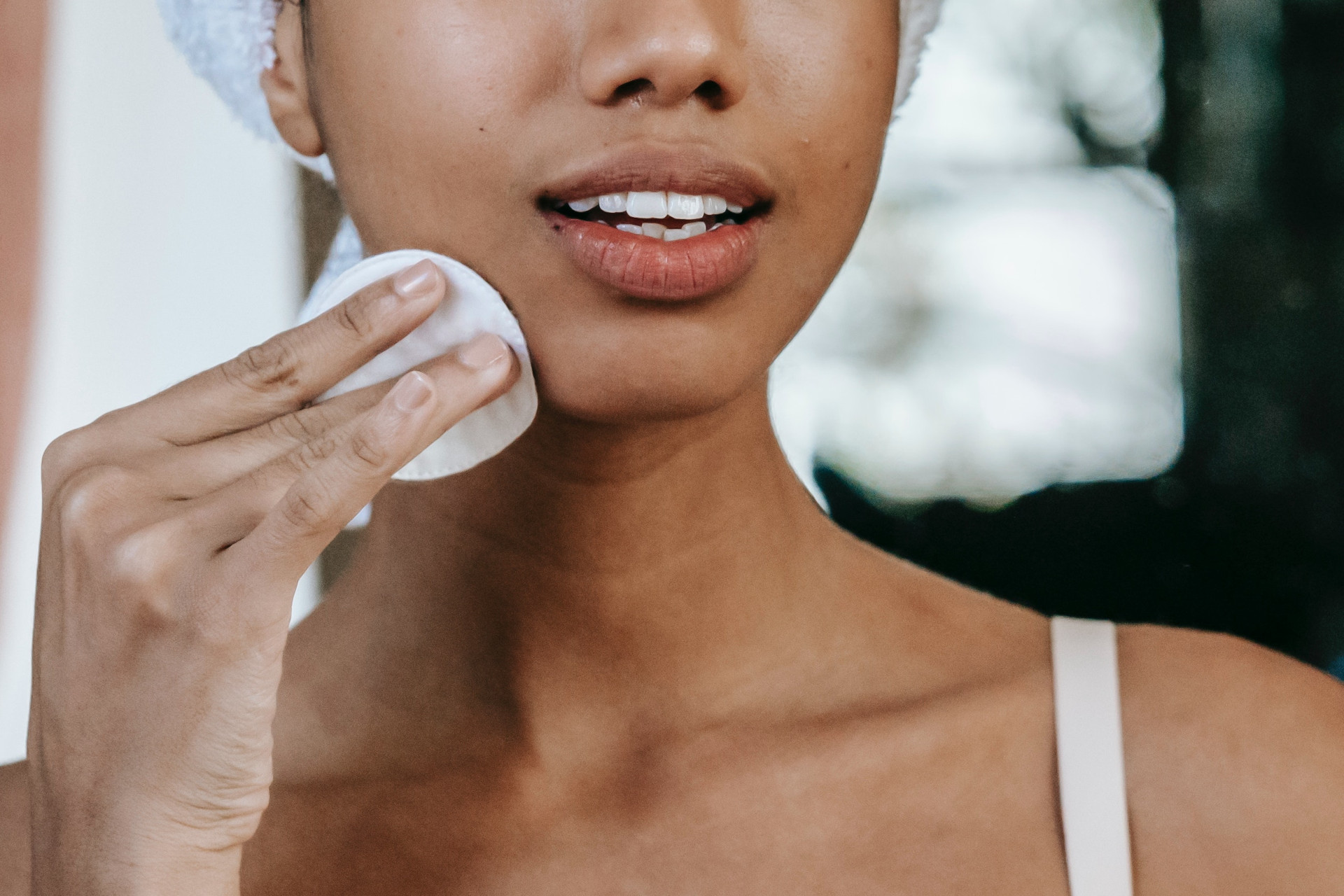
(c) Sora Shimazaki, Pexels
What Are The Benefits?
People are opting for more facial peels than ever for a reason: they have some real benefits for the skin. ‘If you’re looking to rejuvenate the skin, restore a youthful glow, address a skin concern and achieve a smoother, brighter, more radiant complexion, facial peels are for you,’ emphasises Dr Gabassi. Below, she lists some top benefits of skin peels:
- They can improve skin texture, tone, and clarity by exfoliating dead skin cells and promoting cell turnover
- Reduce the appearance of fine lines, wrinkles, and age spots, and to minimise acne and acne scars
- Enhance the effectiveness of skincare products by allowing better penetration
- And stimulate collagen production, improving skin elasticity and firmness
Do Facial Peels Work For All Skin Types?
Most skin types are compatible with facial peels. Dr Gabassi advises that the best thing you can do if you want to try one out is consult a skincare specialist – especially if you struggle with sensitive skin. ‘Facial peels can be suitable for various skin types, but it is important to choose the appropriate peel for your specific skin concerns and sensitivity level,’ she explains.
How Often Can You Get One?
‘Superficial peels can be done every two to four weeks, while medium or deep peels may require longer intervals, such as every four to six months,’ says Dr Gabassi. ‘Your skin type, tolerance, and desired results will be taken into consideration by your skincare specialist before a personalised recommendation is made.’
She also warns that ignoring this recommended period and using facial peels more frequently can be bad for your skin. ‘Overdoing facial peels can lead to skin irritation and damage, so always make sure you follow professional guidance, and never take matters into your own hands,’ she warns.
Featured image: Cottonbro, Pexels





